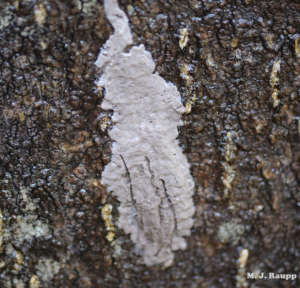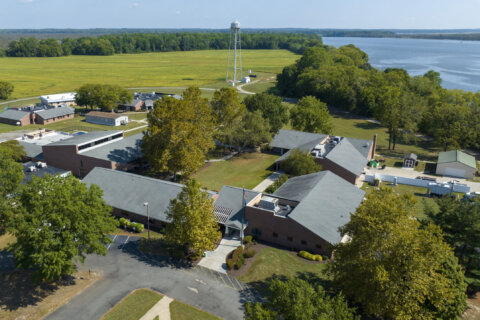WASHINGTON — A new invasive insect species spotted in Virginia could end up being a real buzzkill for the state’s wine and beer industries.
The Spotted Lanternfly is a native of Asia but in recent years has been detected in Pennsylvania and Delaware.
Now, the Virginia Department of Agriculture and Consumer Services says the bug was detected near Winchester in Frederick County, Virginia, early January.
“This is not good news,” said The Bug Guy Mike Raupp, an entomologist at the University of Maryland.
Raupp said the insect, a sap eater, is similar to a large Aphid.
As the bugs feed on the sap of plants, they drop a sugary substance such as honeydew. When the honeydew falls on fruits like grapes or hops, the fruits can develop a fungus known as sooty mold which can discolor and foul the fruit.
“We think the biggest impact of this is gonna be on our grape growers,” Raupp said.

It isn’t completely clear how the bugs made it to the United States, but Raupp believes it may have been as simple as a couple bugs catching a ride on imported goods.
One of the working theories is the bug hitched a ride on masonry material shipped in from China.
“These guys are excellent stowaways,” Raupp said.
Agricultural officials in Virginia believe the bug arrived in Virginia from a Pennsylvania company that imports stone products.
The state has been monitoring the Winchester site since 2015, after the first reports of the bug in Pennsylvania came in. The bugs were spotted on Ailanthus or Tree of Heaven trees found on the property.
The state said it is working to determine how far the Spotted Latternfly population has spread and how the population can be controlled.
Last week U.S. Secretary of Agriculture Sonny Perdue announced that $17.5 million in emergency funding will be used to stop the spread of the bug in southeastern Pennsylvania. Raupp said the USDA most likely already has experts in Asia, looking into the bugs’ natural enemies as a way to combat it.
He said entomologists are also still trying to learn more about the bugs and its full impact on the plants it feeds on.
Homeowners can help in the fight against the fly according to Raupp. He urges people to become familiar with what the flies and their egg masses look like. The bugs are more active and easier to spot in the summer.
Raupp said the detection of any signs of the invasive pest should be reported to the state’s agriculture department.
For growers, Raupp recommends removing Tree of Heaven trees from property borders, since the bug appears to be drawn to them.
“Try to get those host plants out of the landscape before those lanternfly populations build up and move over into the vineyards and orchards,” Raupp said.








